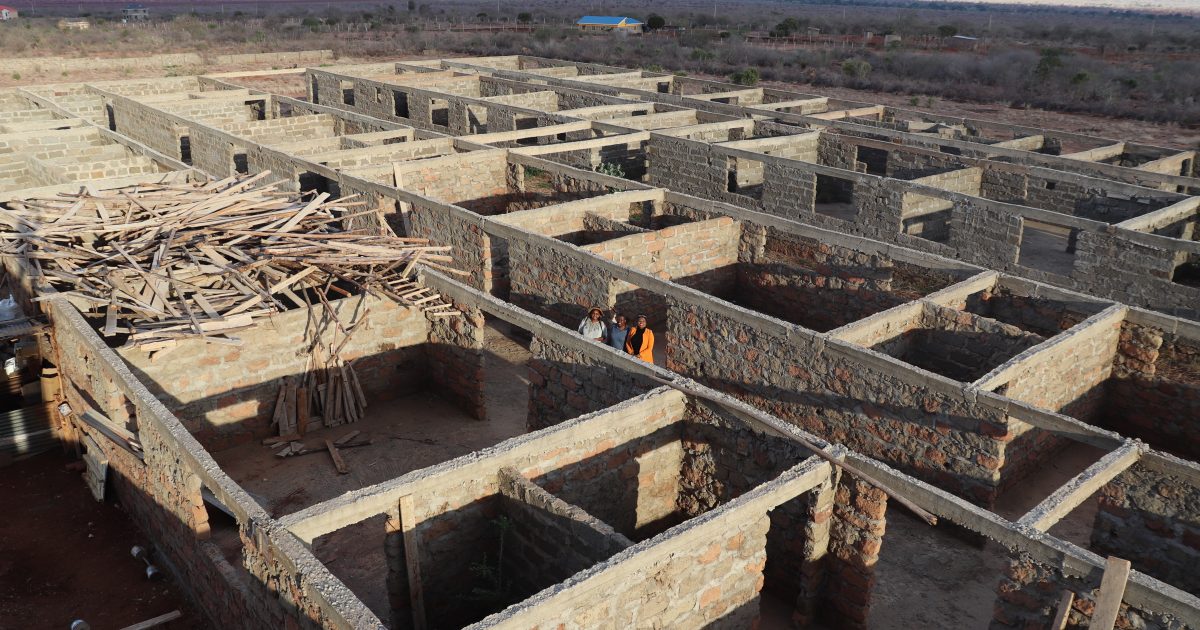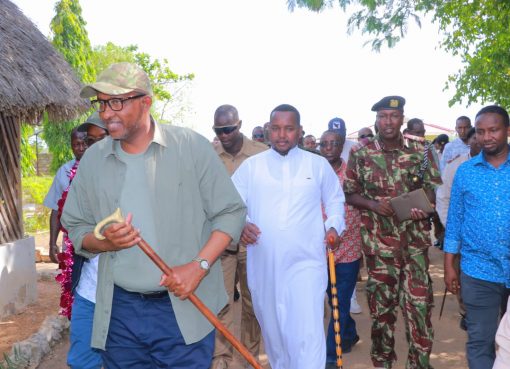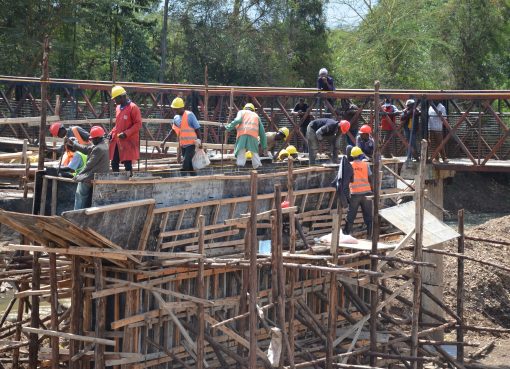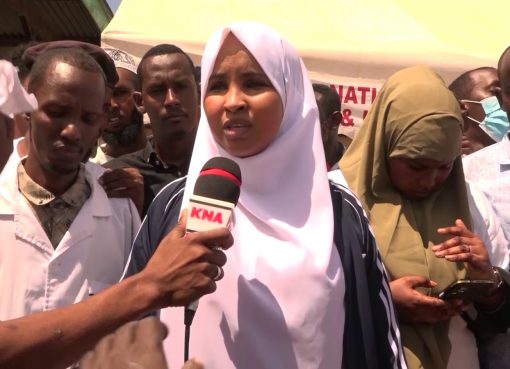The memory of the disheveled patient shuffling along a chilly corridor in Kenyatta National Hospital (KNH) in Nairobi mumbling to herself in a low monotone haunts her to this day.
“She looked broken. Her unkempt appearance convinced me she was mentally ill,” recalls Ms. Jean Bishop, a Rwandese medic based in Australia.
In 2018, Ms. Bishop was visiting KNH when she met the distraught woman. Upon inquiry, the medic discovered the patient was reeling from devastating loss after losing her fifth baby during childbirth. Superstitious neighbours and relatives made it worse by ostracizing her and accusing her of being demon-possessed.
The profound anguish the patient radiated would torment Ms. Bishop for years. Having lived in a relatively developed nation with advanced healthcare systems, Ms. Bishop could not comprehend how a mother could lose several babies in hospitals under the care of medical experts.
This single encounter pushed her to embark on a journey to realize a childhood dream; a dream that involved creating a safe haven for expectant mothers and their babies. This was to support other initiatives aimed at stopping maternal deaths.
“Pregnancy should never be a death sentence to the mother or the baby. Every expectant woman who walks through a hospital gate to deliver should go home with her baby,” says the medic.
In developing countries, Maternal Mortality Rate (MMR) and Infant Mortality Rate (IMR) remain a major challenge facing the health sectors. In Kenya, significant progress has been made to eradicate both MMR and IMR. However, loss of lives continues to be reported; a situation that calls for more investments toward stopping these deaths.
In a 2020 survey by the World Health Organization dubbed Kenya Progress Report on Health and Health-Related Sustainable Development Goals, the Maternal Mortality Rate in Kenya has been declining over the years.
In 2014, the MMR was at 362 deaths per every 100,000 live births. In 2015 and 2016, the numbers dropped to 353 deaths and 342 deaths per 100,000 births respectively. However, the report warns that the annual decline rate of 3.3 percent would not be adequate to bring the MMR to 140 per every 100,000 live births which is the target of Sustainable Development Goals for developing nations.
The report projects that by 2030, Kenya will be reporting 215 deaths per every 100,000 live births.
The risk of maternal deaths remains especially high for expectant mothers from poverty-ridden regions where access to quality maternal health care remains a major challenge.
Ms. Bishop says developed countries have advanced technology in the medical fields which has almost eliminated such incidents. This, she says, should be the goal for developing nations.
“At this age and day, we should not be having mothers or their babies dying in hospitals,” she says.
One of the practical interventions she has spearheaded is the construction of the ultra-modern Grace Maternity Hospital at Mariwenyi village in Voi sub-county.
The 100-bed capacity hospital which is still under construction is Ms. Bishop’s personal initiative. The aim is not only to support the eradication of maternal deaths but also to be the continent’s model of how a health facility can be managed by the targeted community.
Ms. Bishop says the hospital will focus on maternal health for expectant mothers by offering top-quality services to women from poor backgrounds at minimum costs.
“We plan to have the hospital become a future model of how healthcare systems in Africa can be designed to be owned by the targeted beneficiaries without overly relying on donor funding,” she says.
Already, the facility has a theater, placenta pit, prenatal clinic room and a birthing room. The next phase includes water connectivity, construction of a laboratory, a mortuary, a laundry room and a kitchen.
The medic says her research on expectant women in the region shows depressing findings. Some key findings showed most women admitting to preferring not to fall pregnant for fear of what pregnancy portended.
“Women sampled live with deep phobias ranging from dying while delivering to being mistreated by midwives at childbirth and even having their babies stolen. The women were already traumatized by the idea of pregnancy,” she says.
The most unique feature of Grace Maternity Hospital is the adoption of a community-owned and supported model. This system, she says, will guarantee sustainability of the facility by encouraging the beneficiary community to mobilize their own resources to keep it running. She points out that involvement by the community ensures continuity and lessens dependency on donors.
She states the community will fund activities including future expansion plans.
“It was a dream I had and it has taken off. This will now be a community project. They must own it and drive it forward,” she says.
Ms. Rachel Mwakazi, a community development expert, terms the project as a product of Africans in diaspora offering practical solutions to challenges facing their communities. She points out that the Voi project was funded by a Rwandese as proof that the broader Pan-African spirit that entails eradicating Africans problems was spreading.
“This project could have gone anywhere in Africa but it is now ours. This is an example of how diaspora dollars fuel the Pan-African dream to transform health services for women in marginalized areas in Africa,” she says.
Ag. Chief Officer for the Health Department Elvis Mwandawiro says the county is embracing Public Private Partnerships towards promoting maternal healthcare. This will boost access to quality service care.
He adds that the private sector will supplement and complement services offered by the public hospitals in the region. For that to happen, the county will do strict quality evaluations to ensure the facilities have qualified staff and proper equipment to serve the public.
“We are embracing the private sector to bolster health services in the region. We complement each other in terms of available resources and expertise,” he says.
By Wagema Mwangi





